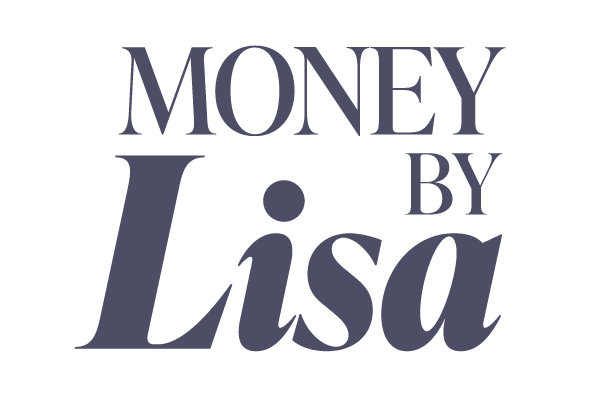Give the People What They Want
Almost exactly this time last year, I wrote about “anchoring.” What is it about the holiday season that puts me in the mood for cognitive biases? I concluded that post with a call to be aware of our very human tendency to attach ourselves to an often random number and then use that figure as a benchmark for evaluating the worthiness of a particular item. I suggested that being aware of this tendency was the way to overcome this bias.
I was wrong (sort of).
At a conference last week, I became aware of research suggesting that simply being aware of our cognitive biases is insufficient to actually conquer them. Your irrational brain is simply too strong. But what we can do is work with our biases. That is, turn our “enemy’s” strength to our advantage. Your brain really, really wants an anchor, so give it one.
Here are a couple of practical examples:
If I ask you how your investment portfolio has performed, and you say “Lousy” because your frame of reference is the stock market’s most stellar year or quarter, that’s an example of a bad anchor. Instead, sear into your consciousness that the historical average for a balanced portfolio is about 7%. This is a legitimate reference point to use to anchor your expectations.
Are you overspending? You may not think so if your habits were ingrained during the months that you worked overtime regularly or received a bonus. Certainly, you have heard of lifestyle creep that occurs when you get a raise. That is a textbook example of resetting your spending anchor (but not in a good way). Instead, your reference — your good anchor — should be based on your normal (pre-pay raise) salary and typical spending patterns.
Personal finance rules of thumb abound. These rules exist to give you a “good anchor.” While they vary in quality, they are usually at least directionally sound. In the case of preparing for retirement, even though I will often quibble with the common advice to save exactly 10% of your salary for your retirement nest egg, it is certainly an improvement on the “bad anchor” that dominates many minds, which is that the correct amount to save is equal to the percentage necessary to capture the employer match. Of course, the best anchor is one that is based on your own unique circumstances. Determine (on your own or with professional guidance) what your own personal savings amount should be…and burn that figure into your anchor-loving brain!
There are at least a dozen relevant Art of War quotes that I could close with, but this is the one that I think resonates the most when it comes to conquering anchor bias: “The opportunity of defeating the enemy is provided by the enemy itself.”
(Hey, I’d love to be in touch regularly. My free newsletter contains this blog, as well as other articles written by myself and others. Please consider subscribing by visiting the MoneyByLisa home page.)
